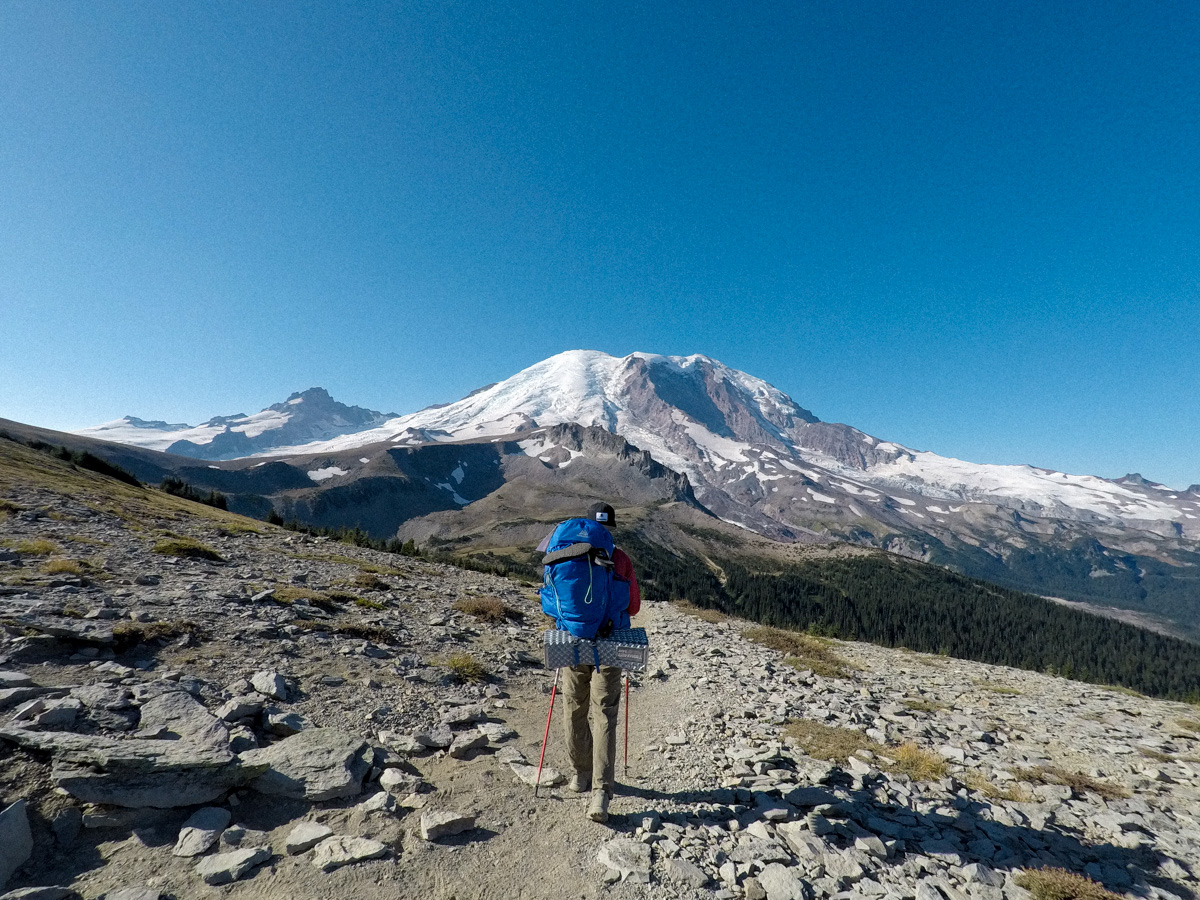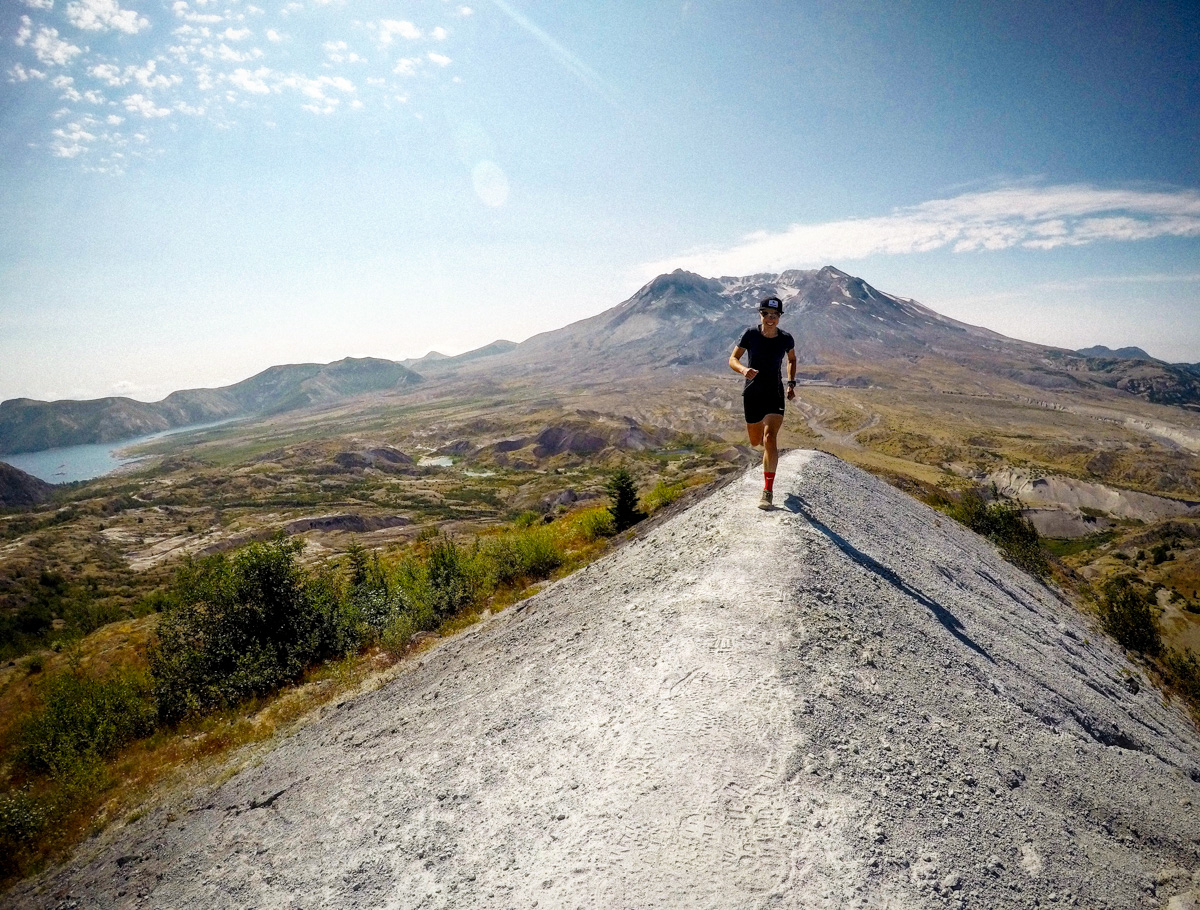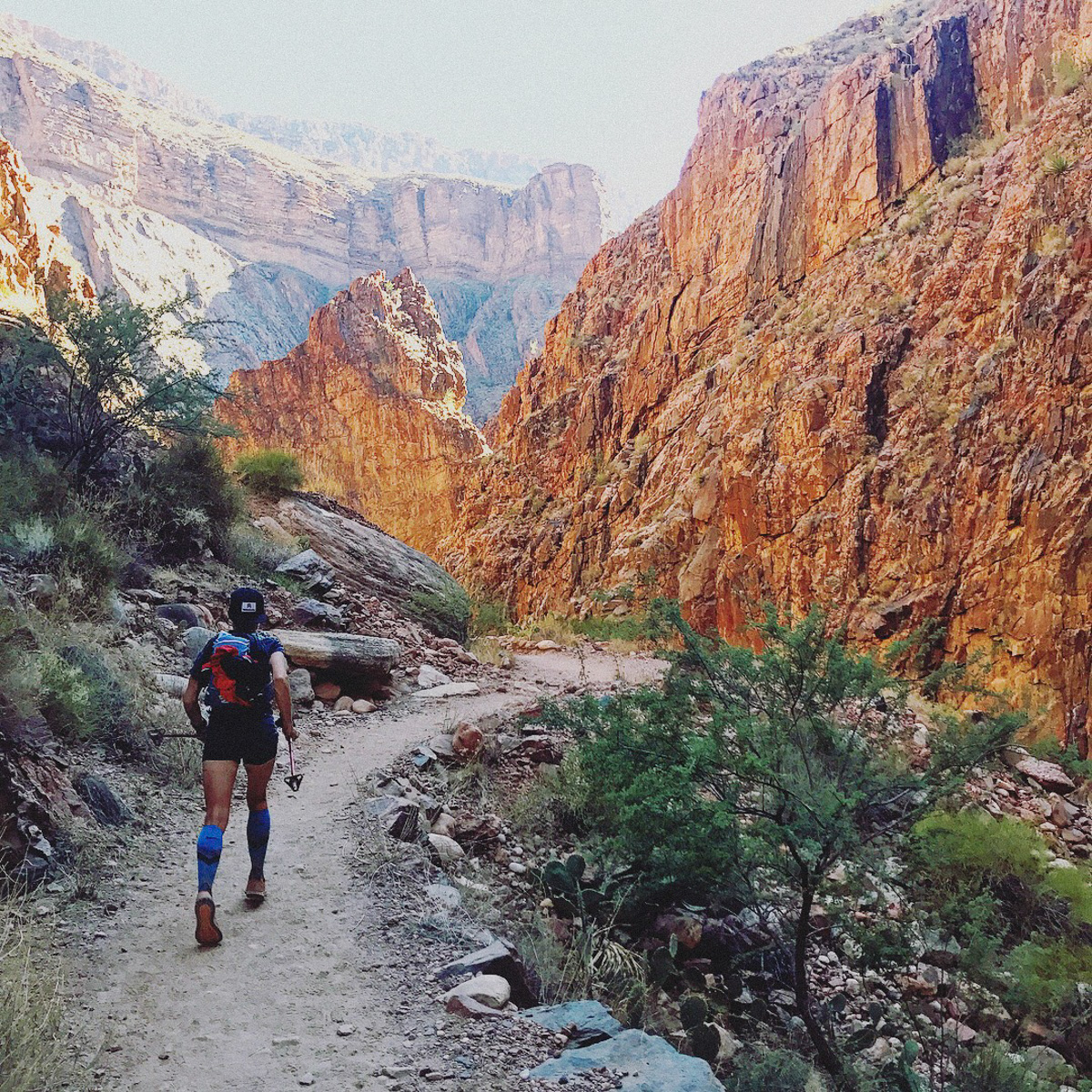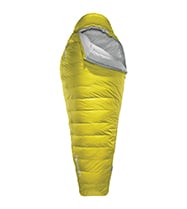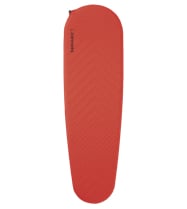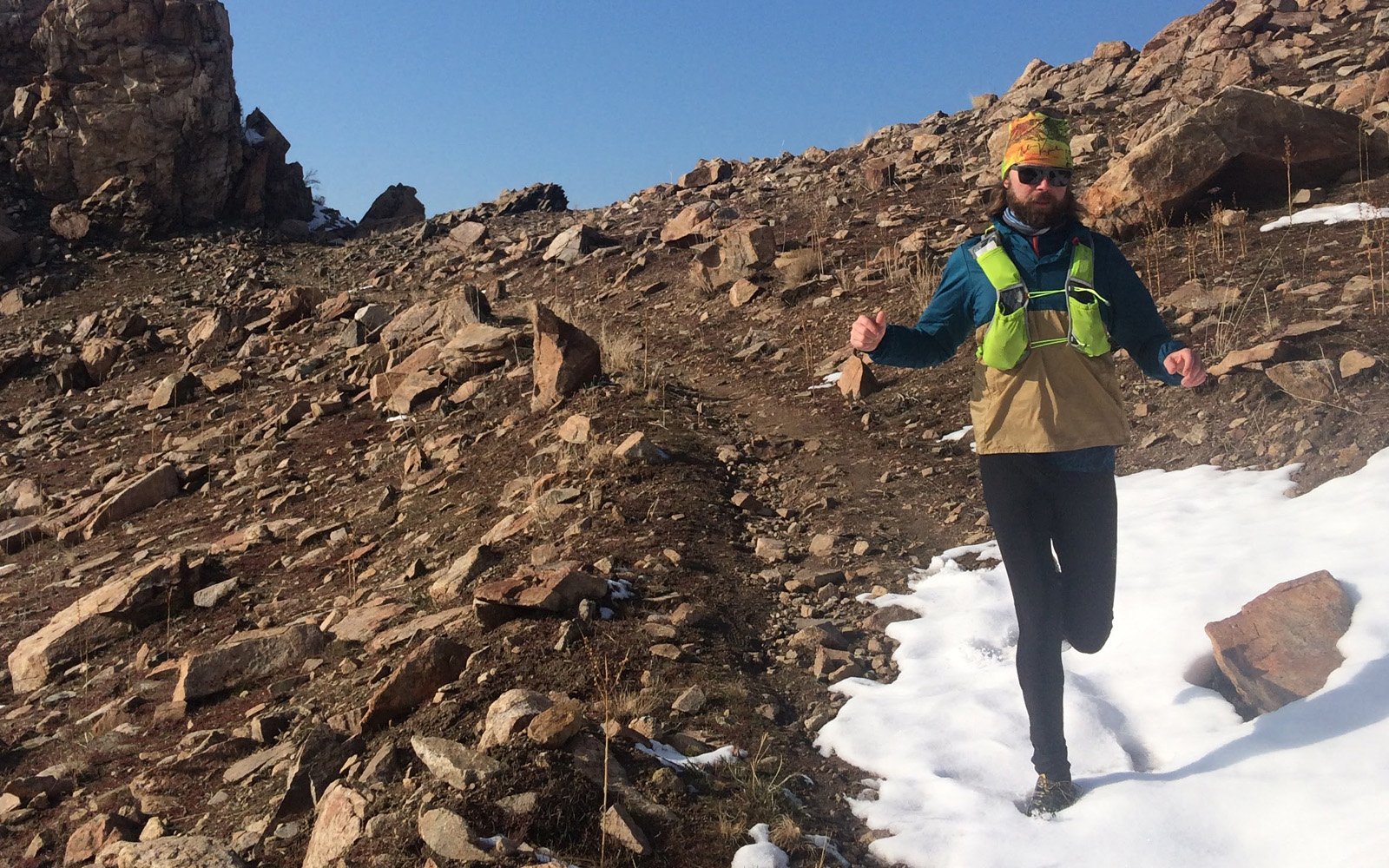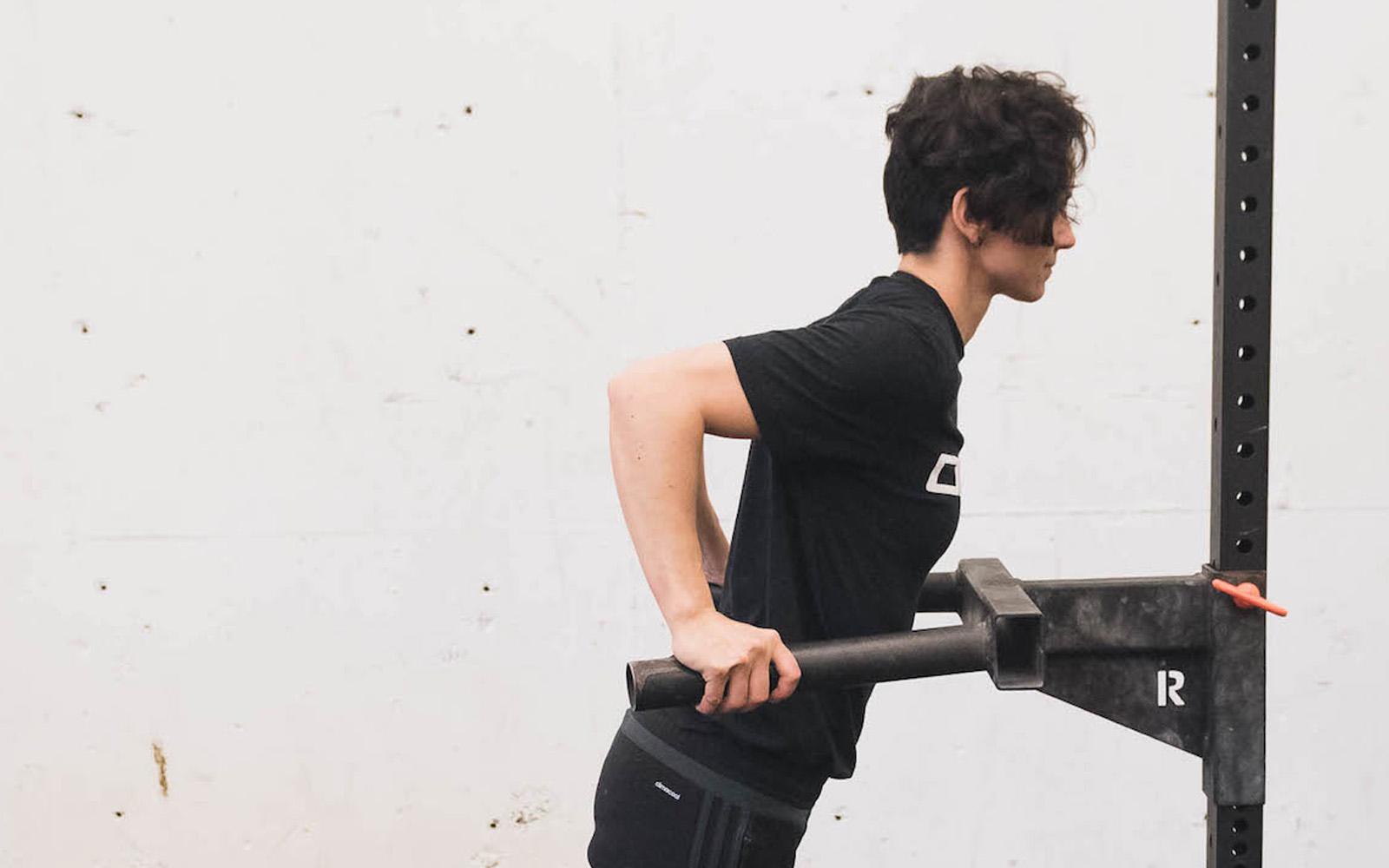Being told you shouldn’t do something is tough, but when multiple doctors tell you that you’ll never do something, most people nod their head and begin adjusting their lives. Not Heather. She’s skied, ran and climbed through countless obstacles, both physical and mental.
In this edition of Therm-a-Rest Explore, Dream Teamer Heather Laptalo shares her story that includes 50 mile runs, 18 thousand foot peaks and multiple debilitating surgeries.
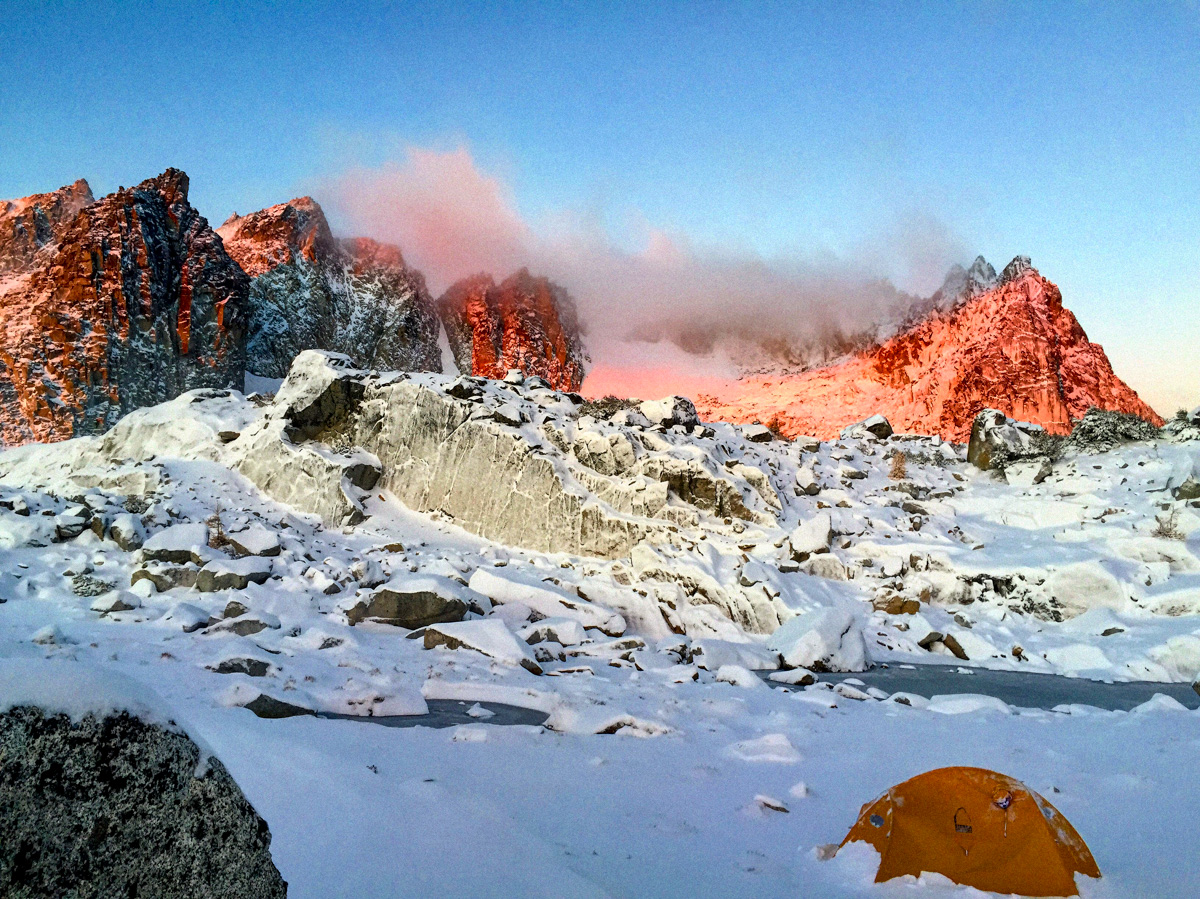
My alarm sounds at 4:45am Monday through Friday. It’s an early call to action, but it’s sleeping in compared to those alpine starts. Before the daily grind that pays the bills, I log 8 – 14 miles and power through some weights. On my way home from the office, I stop at the gym for a rock climbing or yoga session. It’s difficult to sit still when living in the Pacific Northwest. It’s the land of adventure and I’m endlessly training for life. I moved here as a runner and became a runner who climbs mountains, backpacks, skis and rock climbs. My goals include going farther, faster and higher. I have succeeded in crossing the Boston Marathon finish line, summiting multiple fourteeners, running 118 miles around Mont Blanc, summiting and skiing off volcanoes, and running through the Grand Canyon.
I wasn’t always like this. I was one of those special kids, one with all kinds of health problems. Doctors often used the word “deformed” to describe my body. I have a severe case of scoliosis and kyphosis, which means my body is growing in every direction possible but the correct one. I grew up wearing back braces, constantly in hospitals for various back surgeries. My first spinal fusion was at the age of 13 years old and at 19 years old, I had total reconstructive back surgery. 85% of my vertebra is fused together by 4 rods. I played soccer up until my last surgery. Part of the last surgery included having half of my right rib cage removed, which made me too fragile for contact and limited my lung function and capacity.
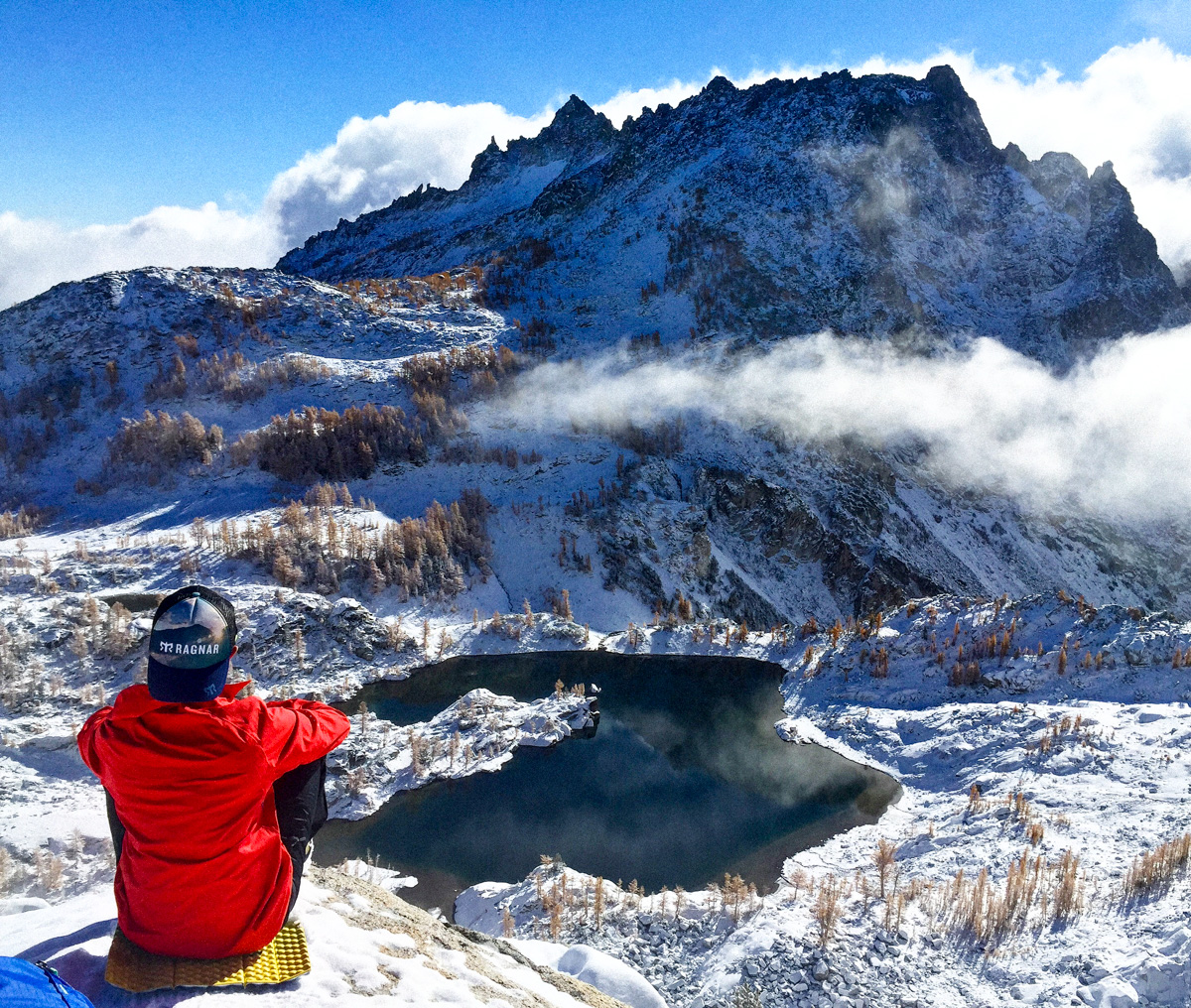
I believed I would run and play soccer again someday, but doctors continuously told me I would never be able to run again, not even a mile. My alignment is extremely compromised, the fusion does not allow my body to absorb shock well or take a deep breath. The list of “you’ll never’s” went on and on. I was told I’d never be able to run, participate in contact sports, ski, go into altitude or do a number of things that I loved or dreamed about. Walking felt painful and hard, but I couldn’t allow myself to believe in the “you’ll never’s”. I relearned how to run in a pool and continuously asked my doctor when I’d be able to start running on solid ground. When I finally got cleared to test out my running legs, I alternated 100 meters of running with a 100 meters of walking. After months of this regimen, I was able to run without stopping.
One day, a man stopped me in my tracks and asked me who I ran for. That man happened to be the San Jose State University cross country coach and before I knew it, I had a full ride scholarship. A few years later, I packed my things and drove from California to Portland for a job. I made my way down the I-280, escaping the hustle and bustle of Silicon Valley. I hopped on the I-505 where I discovered life without bare, brown land. My mom grew up believing that the state she lived in was called the Golden State for its golden hills. Nothing but burnt, dried out weeds covered the hills that served as the backdrop of my hometown. On the I-505, there is plush green land and clean air seeps through the cracked car window. Before you know it, it smells like someone hung an air freshener from the rearview mirror. I was mesmerized by all the mountains. Staring up at Mount Shasta, I wondered what it would be like to stand on top of a mountain that tall. But I would never find out because the doctors said my body couldn’t handle the altitude. However, they were wrong about my ability to run, weren’t they?
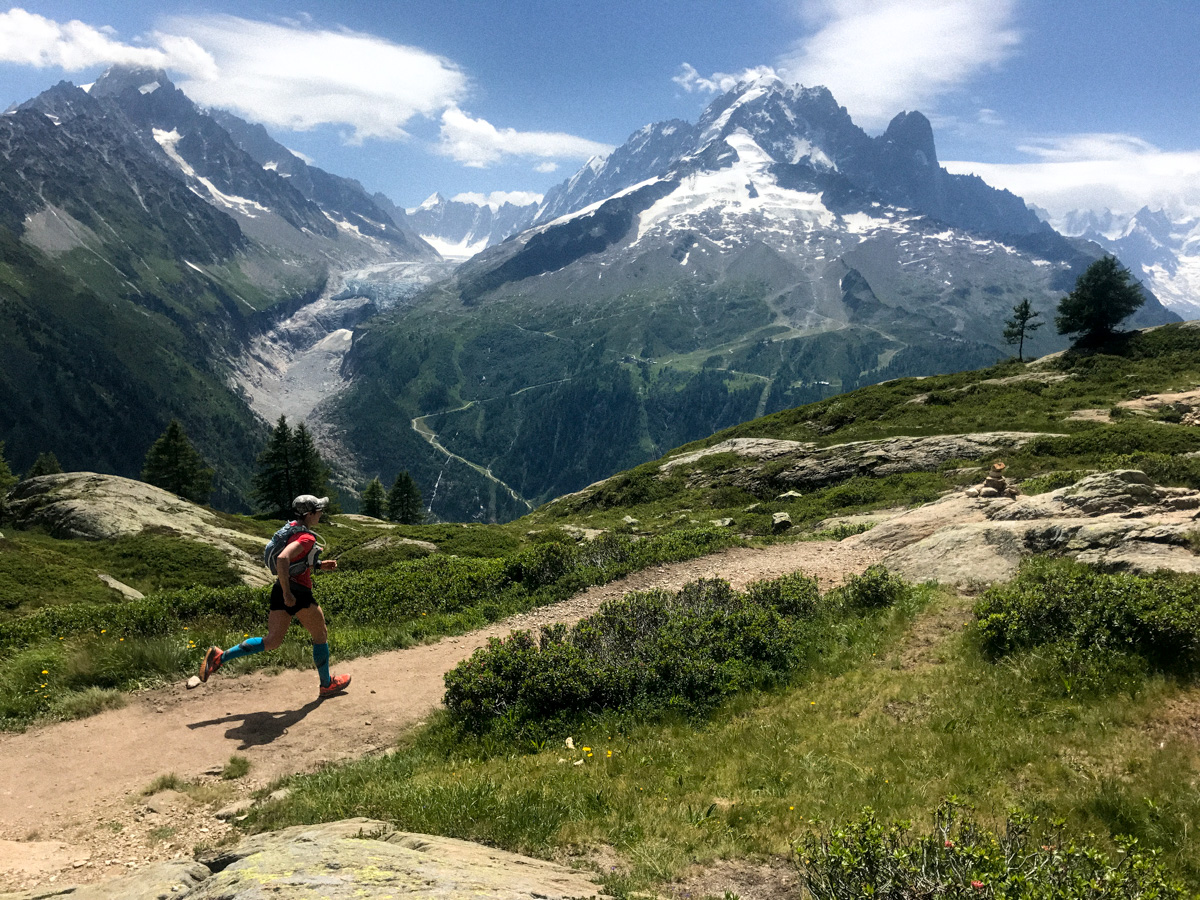
It was time to start finding answers, so I made my way to the base of Mount Saint Helens. My heart rate began to rise as I snapped the waist buckle of my pack. My mind raced with questions. Did I have the right gear? Did I have the grit it would take to get to the top? More importantly, how would my body respond? How are my lungs going to handle the increase in altitude? As I made my way up the trail, the doubts began to creep in. What if my doctor was right? A voice in my head said “turn around. It’s too hard to breathe, you’ll never make it to the top.” Then another voice piped up, “You’ve got this.”
When I reached the peak at just over 8,000ft, I felt an overwhelming sense of calm. I was free of pain and I craved more. I proceeded to work my way up taller peaks and tuned out the voice that questioned my abilities and just focused on the one that said, you’ve got this. I headed back down to California and concurred Mount Shasta and proceeded to make my way up couple other fourteeners. With each climb, my curiosity rose. How high can I go? Last winter, I took off to Nepal to test my limits and climbed just above 18,000 ft. It was time to go higher, but, before I did, I wanted to test my limits in other ways. To conquer more “you’ll nevers”.
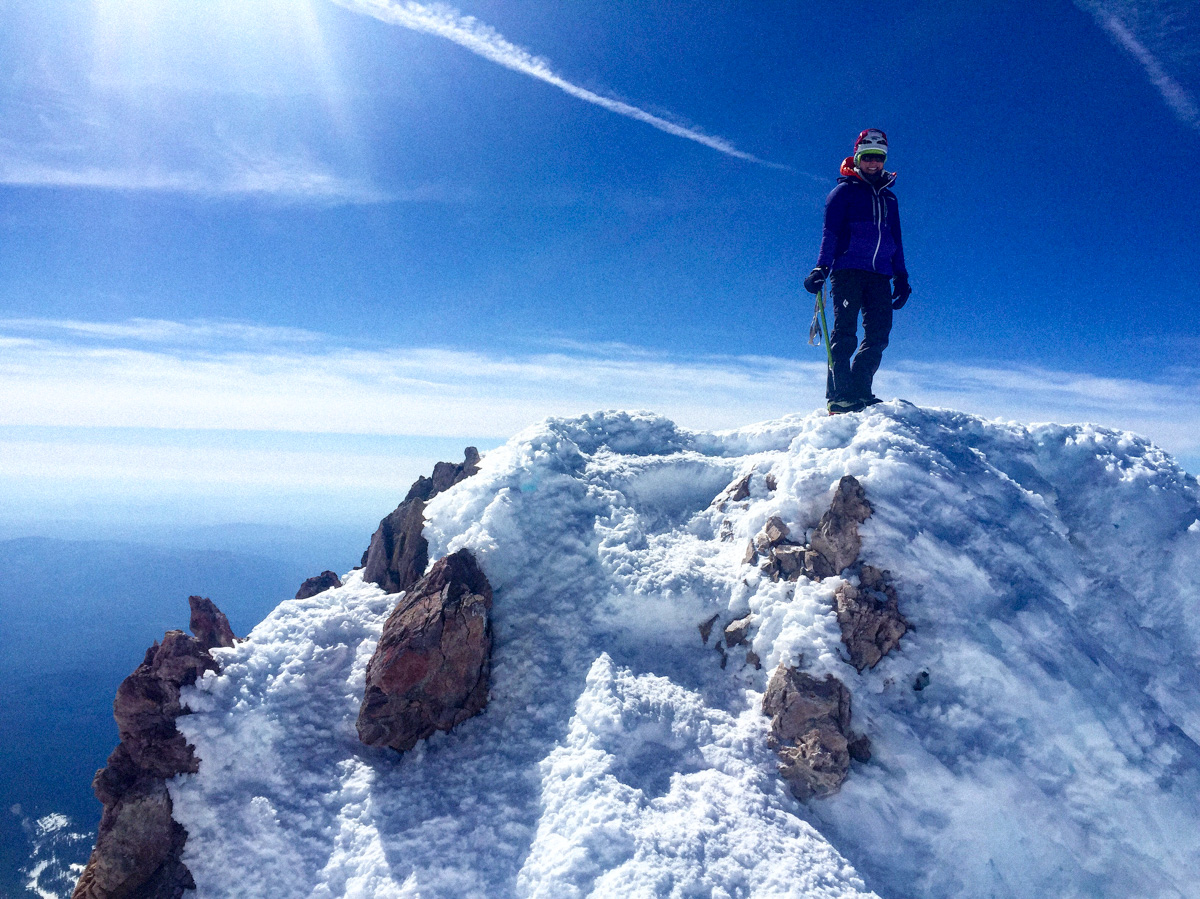
Exceeding heights created a desire to see if I could run beyond 26.2 miles in one push. Would it be possible to run above sea level? Dreams of running in mountain ranges bounced around in my skull. The only way to silence a thought is to put the thought into action, so I hopped on a plane and flew to Chamonix, France. In 5 days, I circumnavigated Mont Blanc, which consisted of running through three countries for a total of 118 miles and almost 32,600’ of vertical feet. My biggest day was 33 miles with approximately 9,500’ of climbing. My addiction for proving my doctors wrong took me to the Grand Canyon for a Rim-to-Rim trail run. I ran down one side of the countries largest canyon, across the bottom and up the other rim, only run down that rim, back across the canyon and up the trail I came from for a total of 50 miles and just over 10,000’ of vertical gain in one day.
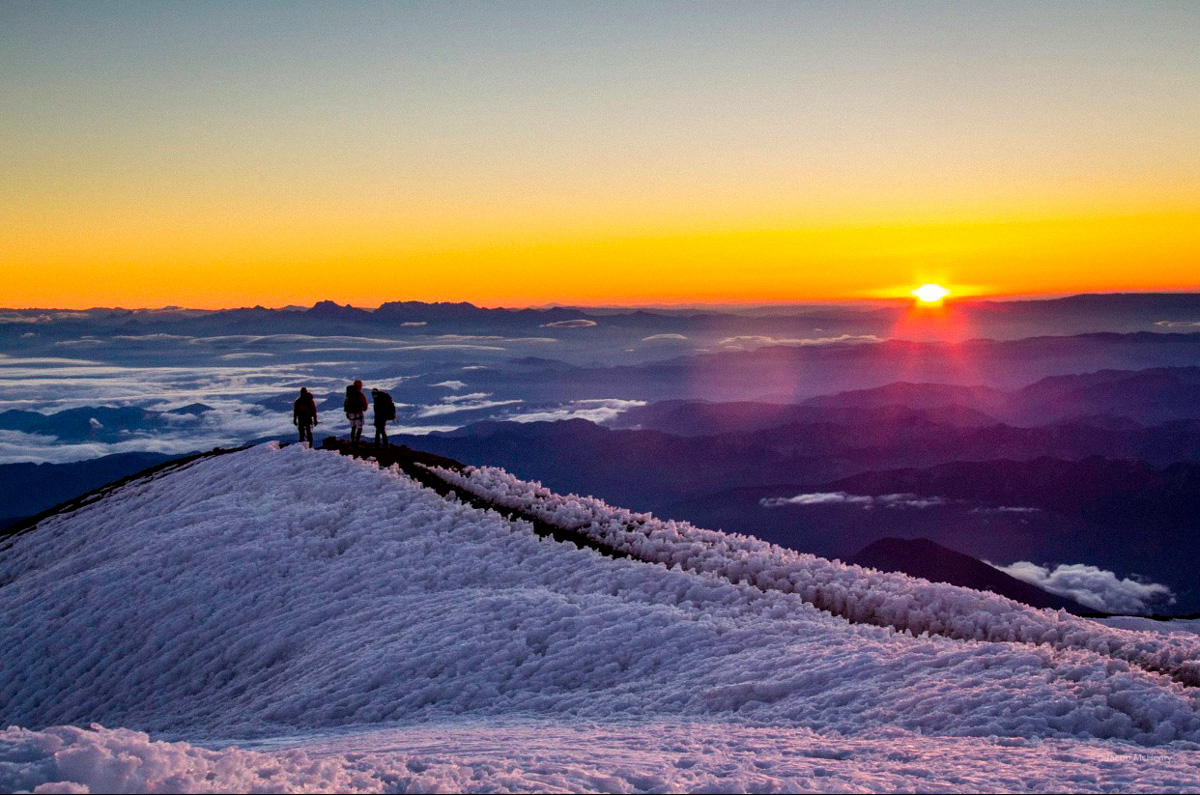
While I will never stop trying to tackle the list of “you’ll nevers” that my doctors prescribed me. Last year, I purchased alpine touring skis so I could learn to ski off the mountains I love to climb. This year, I’m honing my rock climbing skills. I’m the fittest I’ve ever been, but that doesn’t mean I’m pain-free. I still have chronic back pain. I don’t let the pain slow me down. I’ve learned how to manage it and work with it. I have to be smarter about the gear I use. If a pack doesn’t sit properly on my hips, the pressure from the weight sends stabbing pain up my spine. The more weight on my back, the more I feel my back. I’m constantly doing my research to find the lightest gear. While I need my gear to be light, I also need it to perform. When the temperature drops and I’m not able to maintain body heat, the metal rods in my back get cold. At least that how it feels. My spine throbs with the cold and if feels as if I’m laying naked on a frozen pipe. If my sleeping bag and pad don’t keep me warm and/or support my back, the likelihood of me completing a mission dramatically decreases. My ability to enjoy my experience goes out the door, 100%. I need high-quality gear that is light, keeps me warm and as comfortable as possible whether I’m climbing a mountain, trekking through the Himalayas, running mountains or just sleeping under the stars in the park. I’m stoked to be a part of the Therm-a-Rest team, because their sleeping bags and pads help me get the best sleep possible so I can continue to chase new adventures and tackle all of the “you’ll nevers”.
